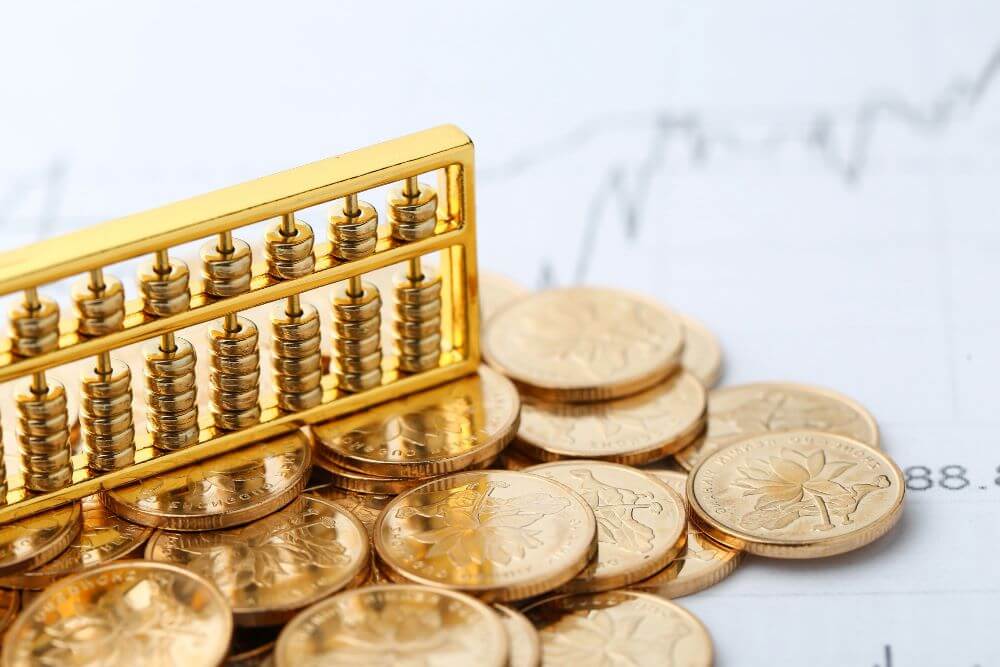Investing in precious metals often appeals to those who want stability outside traditional markets. Gold, silver, and platinum can hold value during uncertain times, but they also come with challenges that many overlook. Understanding the common risks and how to manage them helps protect both wealth and peace of mind.
This article explains the most frequent issues that investors face, from price swings to storage concerns, and shows practical ways to reduce those risks. By learning about these factors in advance, anyone can approach precious metals with more confidence and make decisions that fit long-term financial goals.
Market volatility causes price fluctuations; mitigated by diversifying assets
Precious metals often face sharp price swings driven by economic shifts, political events, or changes in supply and demand. Investors may see values rise quickly during uncertainty but fall just as fast once markets stabilize. These movements can create stress for those holding only metals.
Diversification helps reduce the impact of these unpredictable changes. By spreading investments across stocks, bonds, real estate, and metals, investors avoid relying on one asset class. For example, bonds may provide stability during periods when gold prices decline.
Working with a gold investment firm for precious metals can guide investors on how to balance metals with other holdings. Professional advice can also help identify the right mix of assets for long-term goals.
A diversified portfolio limits exposure to sudden downturns while still allowing for potential gains from metals. This approach creates a steadier path and helps protect wealth against market volatility.
Liquidity challenges are making it hard to sell quickly; choose widely traded metals like gold
Investors often face liquidity challenges with precious metals. Liquidity refers to how easily an asset can be sold for cash without lowering its price. Some metals trade less often, which can make it harder to sell them quickly at fair value.
Gold and silver usually offer stronger liquidity because they are widely recognized and actively traded. Coins and bars of these metals are easier to sell in many markets compared to less common metals like platinum or palladium.
Market conditions also affect liquidity. In periods of low demand, even popular metals may take longer to sell or require price discounts. Therefore, investors should consider both the type of metal and the form it takes before buying.
Choosing widely traded metals like gold helps reduce the risk of being stuck with assets that cannot be sold quickly. This approach gives investors more flexibility and access to cash when they need it.
Storage and security risks; use insured vaults or professional storage services
Physical metals like gold or silver require safe storage, yet keeping them at home can expose investors to theft or damage. Even a strong safe may not protect against determined intruders or natural disasters. As a result, personal storage often carries higher risks than many realize.
Professional vaults and depositories provide stronger layers of protection. These facilities use advanced security measures such as controlled access, surveillance, and guards. In addition, they often separate client assets, which helps protect ownership records in the event of disputes.
Insurance is another key factor. Professional storage services usually include insurance that covers theft or loss, something home storage rarely provides. This coverage reduces financial risk and adds peace of mind.
Although professional storage involves fees, the trade-off is higher security and insured protection. Investors who want to safeguard large holdings often find insured vaults a practical choice compared to home safes or bank deposit boxes.
Counterfeit and purity concerns; buy from reputable dealers with certification
Counterfeit metals and misrepresented purity pose a common risk for investors. Fake coins or bars can look convincing, but they often contain cheaper metals beneath a thin layer of gold or silver. This can lead to a loss in value if the buyer does not verify authenticity before purchase.
To reduce this risk, investors should only buy from established dealers that provide certification. Authentic products usually come with documentation that states the weight and purity, often verified by an independent assay office. Certificates help confirm that the metal meets the stated standards.
Hallmarks and official stamps also serve as useful guides. These marks are difficult to replicate and give additional confidence in the product. However, buyers should still confirm that the marks match the details on the certificate.
Researching a dealer’s reputation adds another layer of protection. Customer reviews, trade history, and transparent business practices can help investors decide if a seller is trustworthy. This step reduces the chance of falling victim to counterfeit products.
Futures contracts risks, including margin calls; limit exposure, and understand contract terms
Futures contracts allow investors to control large positions with relatively small amounts of money. This leverage can magnify gains, but it can also magnify losses. Prices in precious metals can shift quickly, which makes futures riskier than direct ownership.
A key risk involves margin calls. If the account balance falls below the required level, the broker demands more funds to keep the position open. Failure to meet that demand can force the position to close at a loss.
Investors can reduce exposure by trading smaller contract sizes or limiting the number of contracts held. This approach helps keep potential losses within manageable levels.
It is also important to understand contract terms before entering a trade. Each futures contract has specific rules for size, expiration, and delivery. Knowing these details helps investors prepare for possible outcomes and avoid surprises.
By combining risk limits with clear knowledge of contract terms, investors can approach precious metal futures in a more controlled way.
Conclusion
Precious metals can help diversify a portfolio, but they also carry risks such as price swings, storage costs, and liquidity limits.
Investors who understand these challenges can make more balanced decisions. They can use strategies like setting clear goals, spreading investments across different assets, and keeping only a portion of wealth in metals.
By weighing both benefits and drawbacks, investors can use precious metals as a steady part of a broader financial plan.






